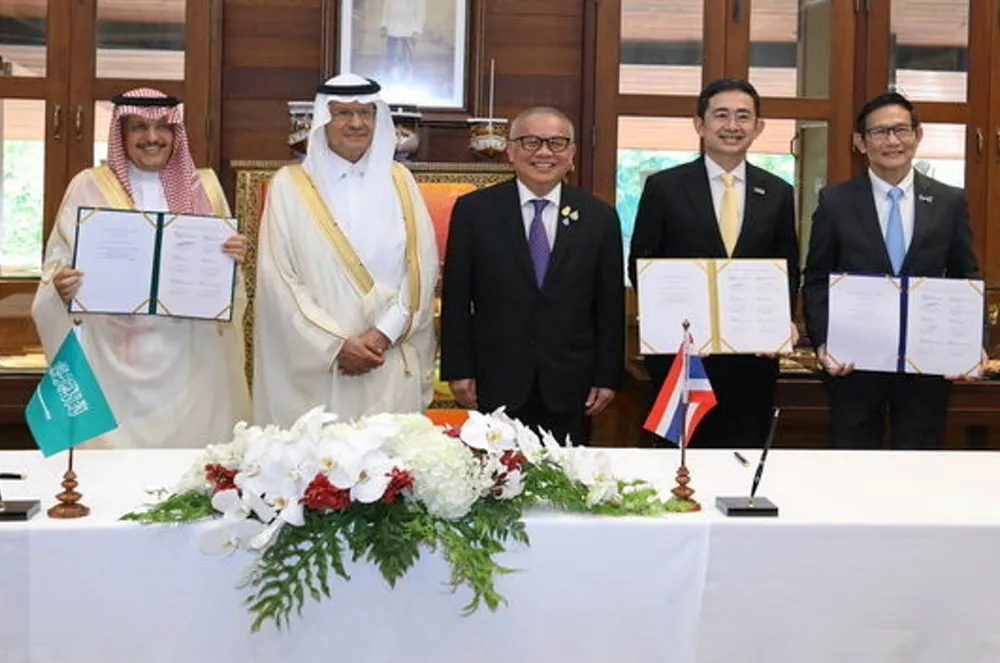ACWA taps Thailand's green hydrogen potential for the first time with $7bn H2 and ammonia plan
Giant facility could produce 1.2 million tonnes of NH3 per year for domestic energy use and export, but details thin on the ground

Giant facility could produce 1.2 million tonnes of NH3 per year for domestic energy use and export, but details thin on the ground
